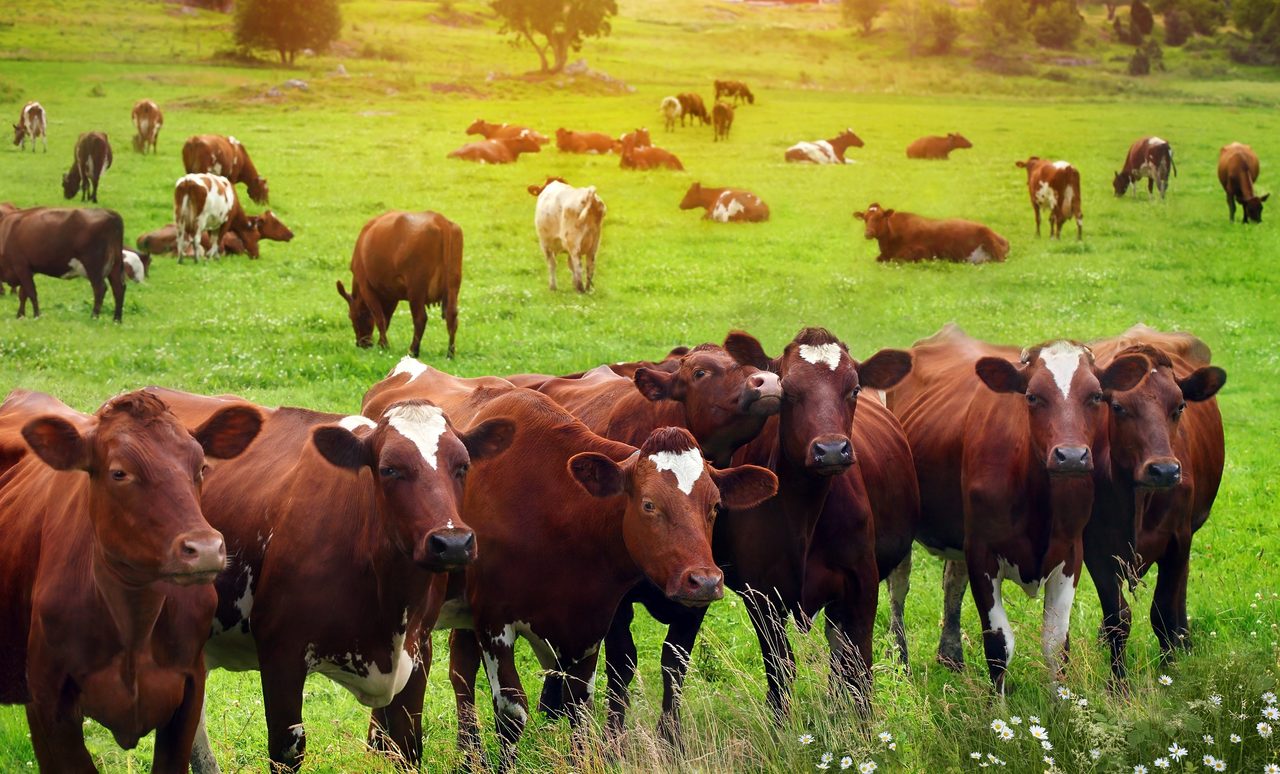
By Chipo Tachiona
The business of producing beef is dependent on a wide range of variables. Each component is equally crucial to the other. These components must cooperate in order to maximize the herd’s productivity and boost profitability. Below are some of the considerations that should be made to get the best out of cattle farming.
Right breed
Most calf crop genetics come from bulls, so it is critical to choose a herd sire who can generate the right offspring. Breed type, parentage (pedigree), physical appearance, performance records, and genetics are fundamental factors to consider when choosing a bull. It is more economical to select the right breed for a particular production environment than adapt the environment to meet the requirements of the breed.
Proper nutrition
What you feed your beef cattle directly affects the quality of the meat; the marbling of the fat and the overall price at market when it comes time to sell or slaughter your cattle. A solid plan for feeding cattle that considers their nutritional needs, cost, and availability of feed, as well as other aspects of feeding beef cattle, can improve the quality of the final product.
Good pastures produce quality beef. Your cattle will require less additional feed if the pasture is excellent since they will be able to obtain most of their nutrients directly from the ground. Both vitamins and roughage, two crucial elements required for bovine health, are abundant in pasture grass. Because pasture grass contains more vitamin K and E than commercial diets, it is a better choice for feeding. In order to produce grass that is of the highest nutritional grade, the proper seed mixture must be utilized. Additionally, pastures must be rested, reseeded, raked, and trimmed as needed, and weeds that might deplete nutrients or even poison your cattle must be looked out for.
Cattle can extract protein from vegetable plants. While hay and various grasses do contain protein, most beef cattle get their protein from legumes. The essential minerals for beef cattle include calcium, phosphorus, potassium, and salt. Additionally, they require trace levels of selenium, copper, cobalt, zinc, and iodine. A mineral block should be placed beneath an overhang or shelter to prevent rainwater wastage, so that cattle have access to plenty of minerals. The block is licked by cattle because it tastes pleasant and provides them with the salts and minerals they require. Beef cattle also need an abundance of vitamins, especially vitamins A, D and E.
Most beef cattle are fed a mixture of ground, shelled maize or millet to finish them off before slaughter. These grains are reasonably priced, filling, and help the meat become soft by adding fat.
When producing beef cattle, water is one item farmers cannot afford to overlook. Water is a crucial component of a good livestock management plan even though it is not included in cattle feeding programs. Cattle require daily access to clean, fresh water. In cold weather, cattle drink 12-16 litres of water per day. They may need to consume approximately 4 litres of water for every 500g of body weight at least once a day in hot weather as their water needs soar.
Good herd management
This includes:
- regular vaccinations – administering of chemicals/micro-organisms that resemble disease-causing organisms to improve the animal’s immune system and prevent them from succumbing to life-threatening diseases.
- parasite control e.g., deworming – dosing or soaking cattle with or as to enable the farmer to eradicate internal parasites (such as round worms, tape worms, hook worms, flukes, and screw worms) that are harmful to the herd’s health.
- Dipping – This is crucial measure to control ticks, fleas, lice, mites, and manage outbreaks and deaths. Ecto-parasites cause weight loss and diseases in livestock.
Proper handling
Properly constructed facilities confine cattle safely and efficiently with minimal animal stress and risk of injury to both cattle and workers. Cattle handling includes sorting, weighing, dehorning, vaccinating, dipping branding grooming, treating, and calving. Well-designed cattle handling facilities allow for safe cattle handling. The components of a facility are the same regardless of the number of cattle and include:
- Cattle race A straight, fixed construction with poles or fences that cattle must pass through one at a time and cannot turn around in.
- A portion of the race known as the “cattle crush” enables safe and controlled handling of the animal while it is being investigated.
- Scales and loading ramps for cattle, the body weight of an animal that is penned up in a race or crush can be assessed by weighing each one separately on a scale.
- Watering and feeding troughs.
- Cattle pens – They should be built with sturdy materials (wood or metal) that will ensure animals remain inside. They should be designed to allow for confining animals to a location and to separate animals as needed (e.g., if an animal becomes aggressive or sick or needs a specialized treatment). Pens also serve as good way to restrict animal movement when fattening to achieve desired slaughter weight. Each adult cattle must have at least 10 square meters of space including feeding space in the pen.
- Dipping facilities e.g., spray race
If these considerations are factored into, farmers are guaranteed to have the best out of their beef production endeavours.
Chipo Tachiona is Farmyard Investments director.
Word from the market is a column produced by the Agricultural Marketing Authority (AMA) to promote market-driven production. Feedback cchiduku@ama.co.zw or WhatsApp/Call +263781706212.





